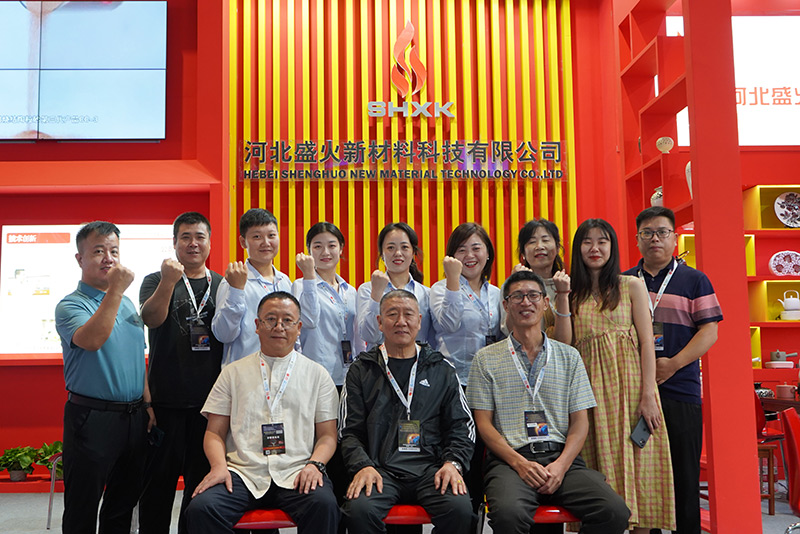The Benefits of Sand Casting An Overview
Sand casting, also known as sand mold casting, is a highly versatile and widely used manufacturing process that involves creating metal components by pouring molten metal into a sand mold. This ancient technique, dating back thousands of years, continues to thrive in modern manufacturing due to its numerous benefits.
The Benefits of Sand Casting An Overview
Another significant benefit is the flexibility it offers in design and manufacturing. Sand casting molds can be produced in various sizes and shapes, allowing manufacturers to create complex geometries that might be difficult or impossible to achieve with other casting methods. The ability to easily modify and create new molds makes sand casting ideal for prototyping and small-batch production, catering to the diverse needs of industries such as automotive, aerospace, and art.
sand casting benefits

Additionally, sand casting supports the production of large components. The size of castings that can be manufactured using this method can range from tiny parts to massive structures. This capability is advantageous for industries needing large-scale components, such as turbines or engine housings, making sand casting a preferred choice for many heavy industries.
Durability and strength are other notable benefits of sand-cast components. The cooling process of the molten metal within the sand mold contributes to the strength and robustness of the resulting product. Furthermore, the sand casting process often results in a fine surface finish and the capability to achieve various levels of surface texture, which can be advantageous for aesthetic or engineering purposes.
The environmental benefits of sand casting should not be overlooked. The sand used in casting is typically reusable. After casting, the sand can be reclaimed and recycled for future use, which minimizes waste and reduces the environmental impact of manufacturing processes. Additionally, the process often involves lower energy consumption compared to other casting techniques, further contributing to its sustainability.
In conclusion, sand casting stands out as a highly beneficial manufacturing process in today's industrial landscape. With its cost efficiency, design flexibility, ability to produce large and strong components, and environmental sustainability, it serves as a vital technique for various industries. As technology continues to advance, sand casting is likely to evolve, further enhancing its advantages and solidifying its importance in modern manufacturing.
Post time:Ağu . 30, 2024 11:22
Next:Advantages and Disadvantages of Sand Casting Process
